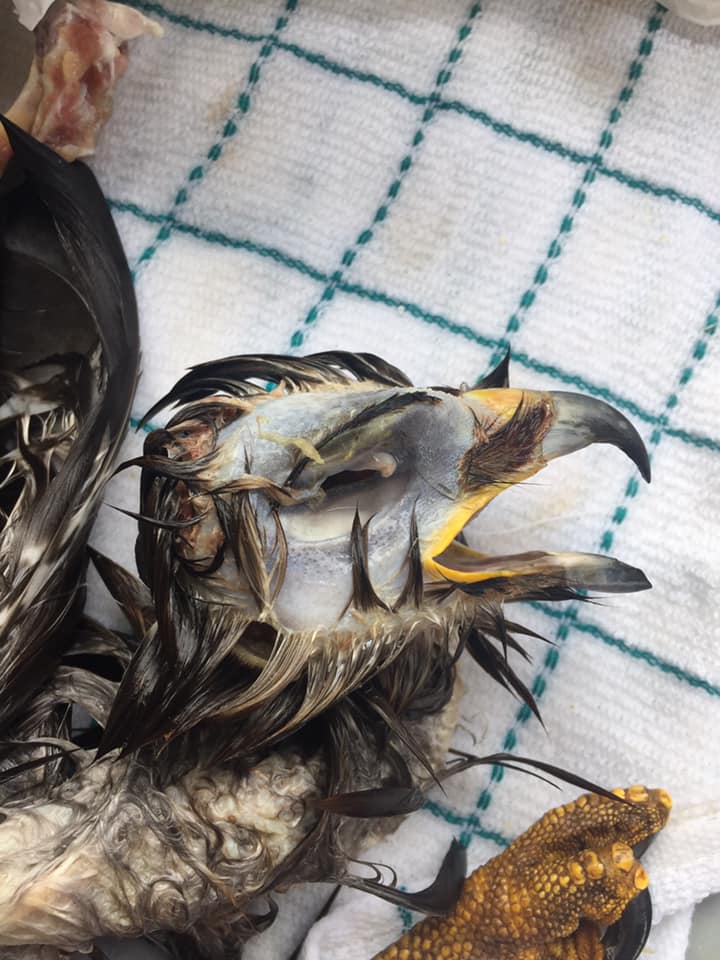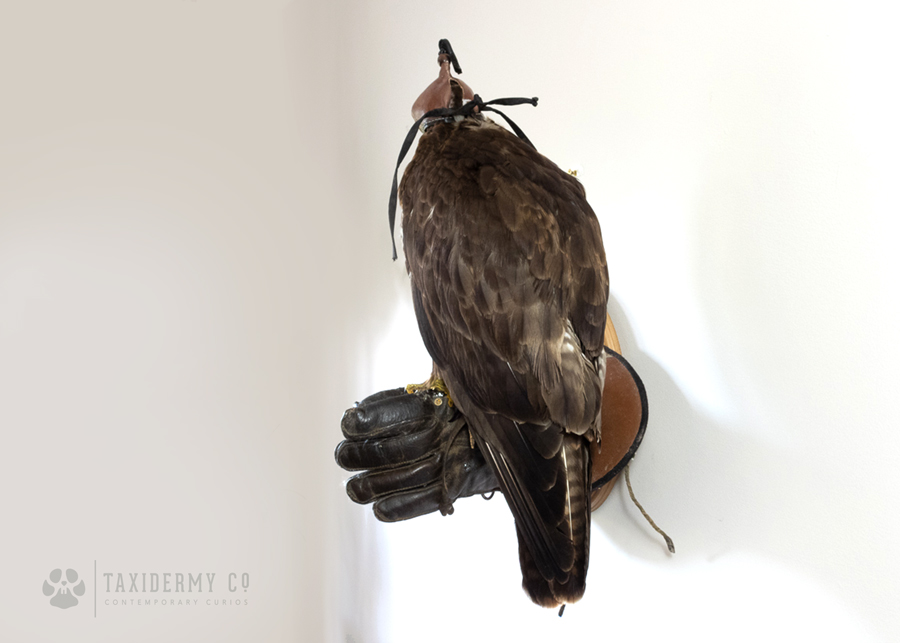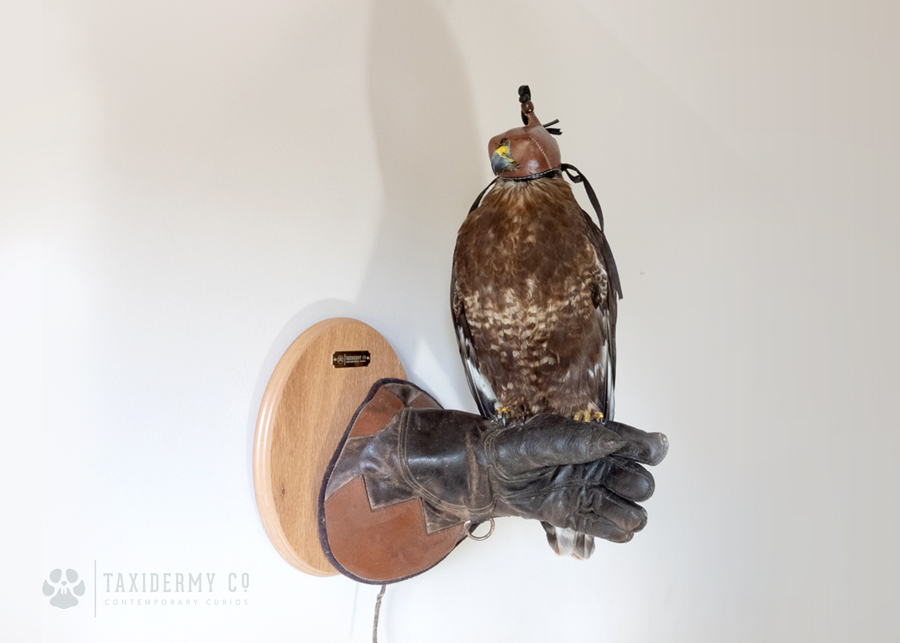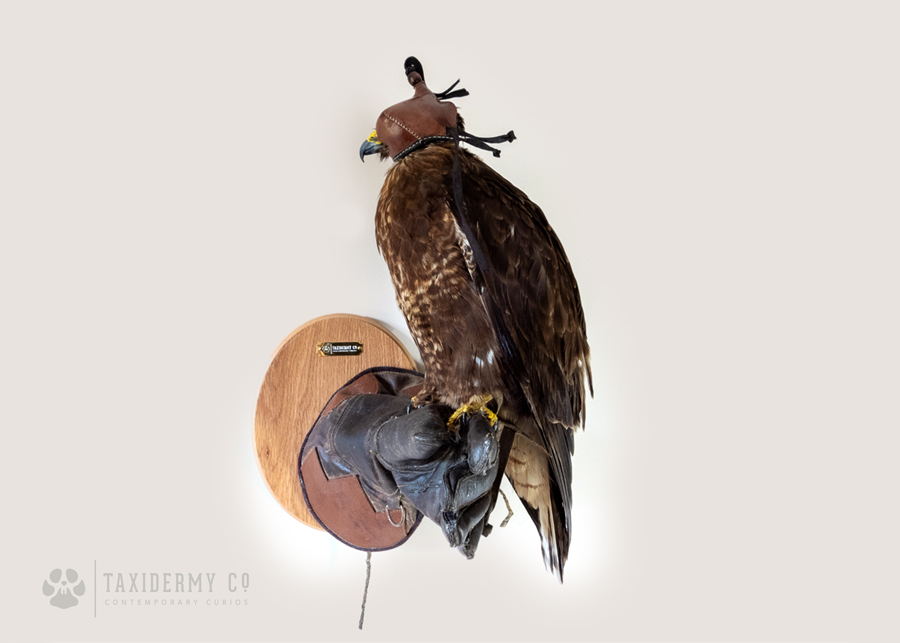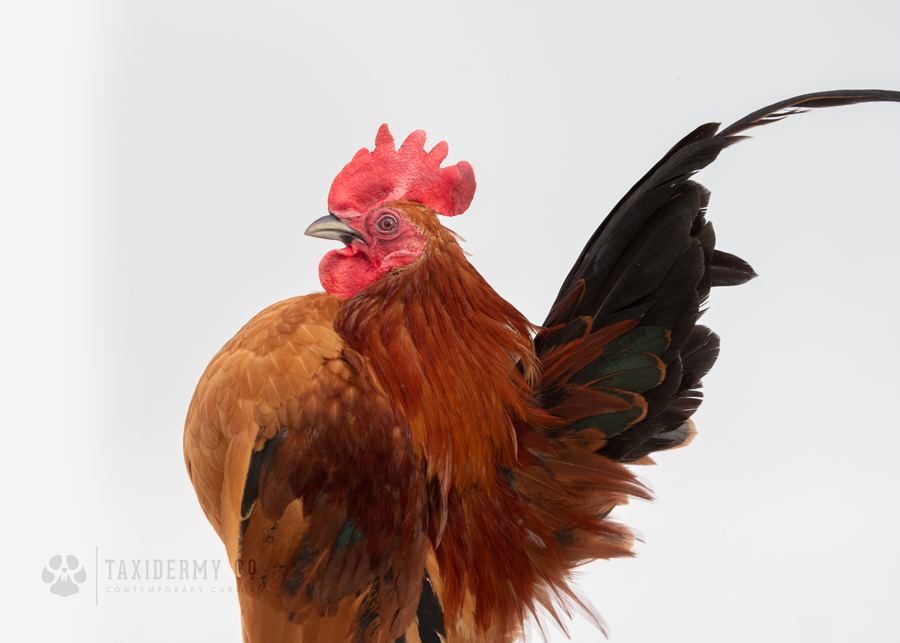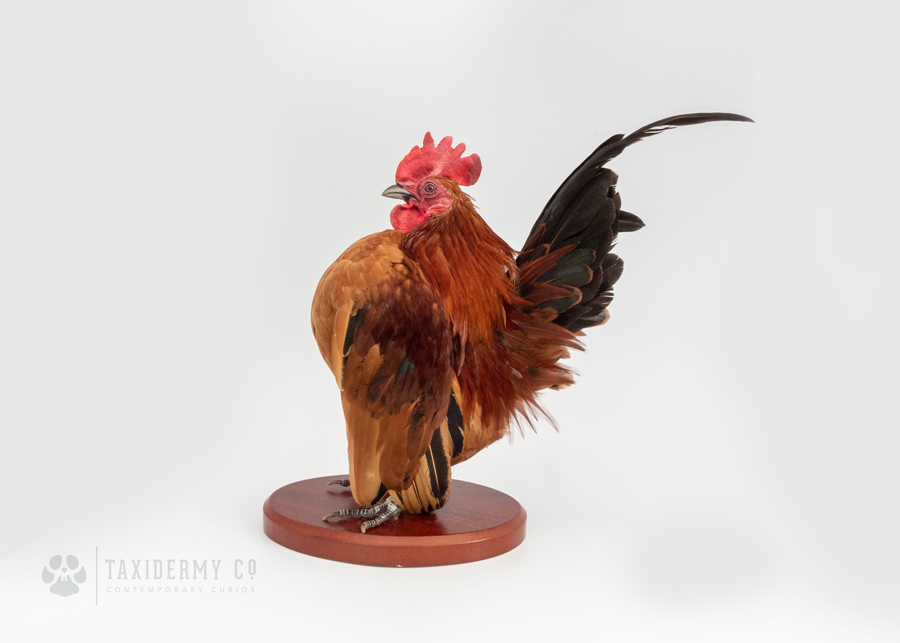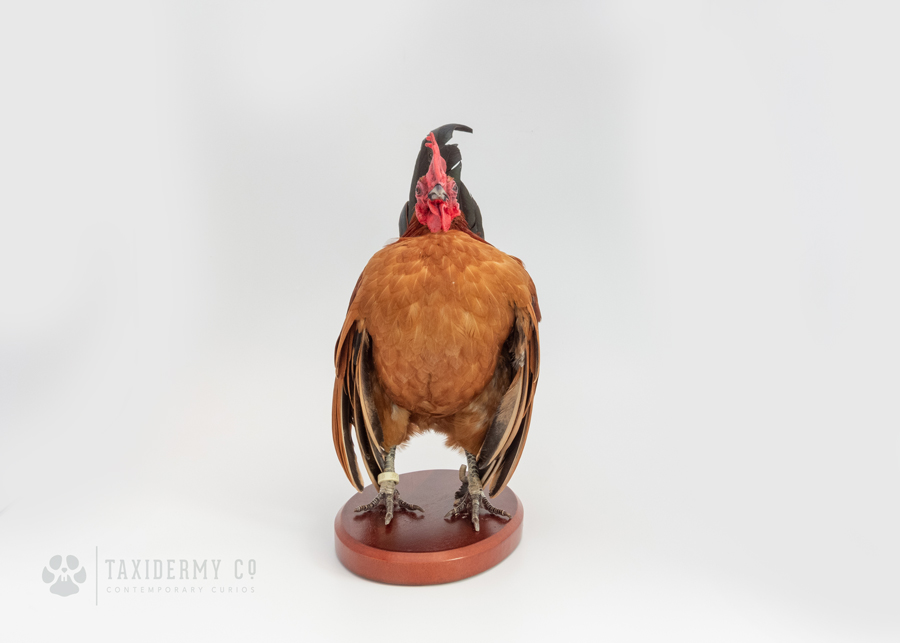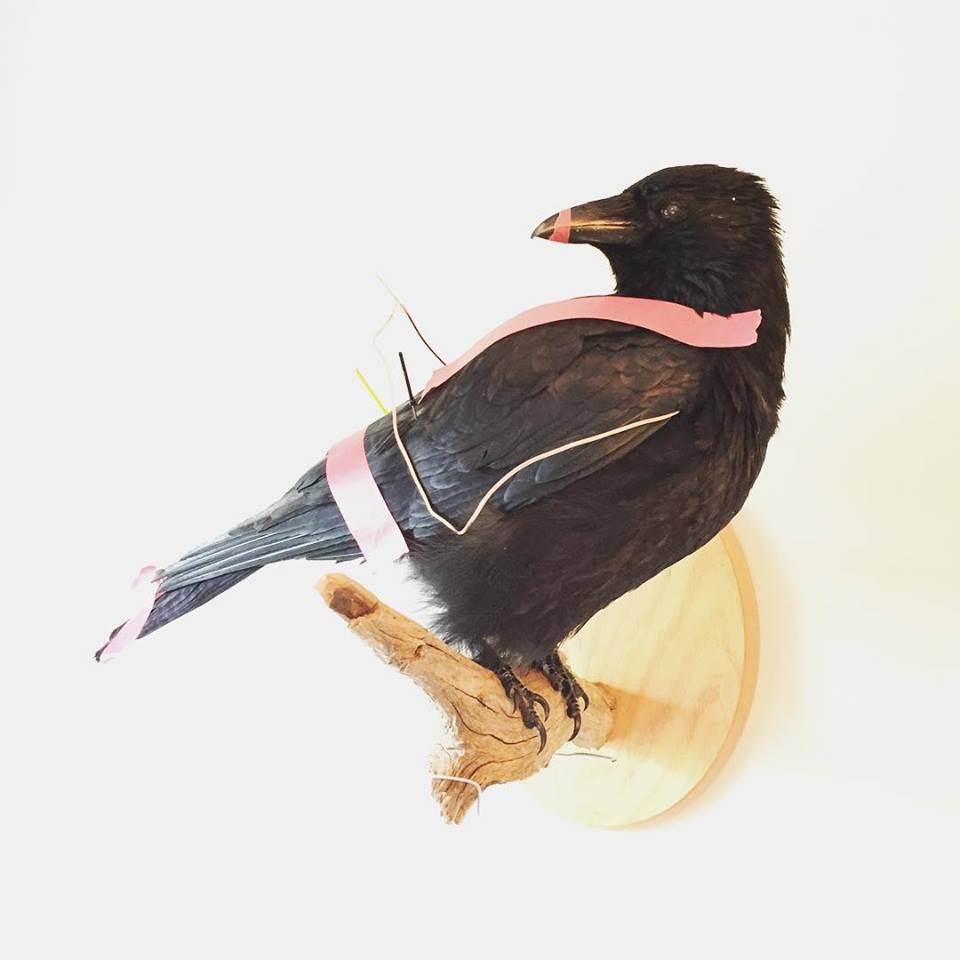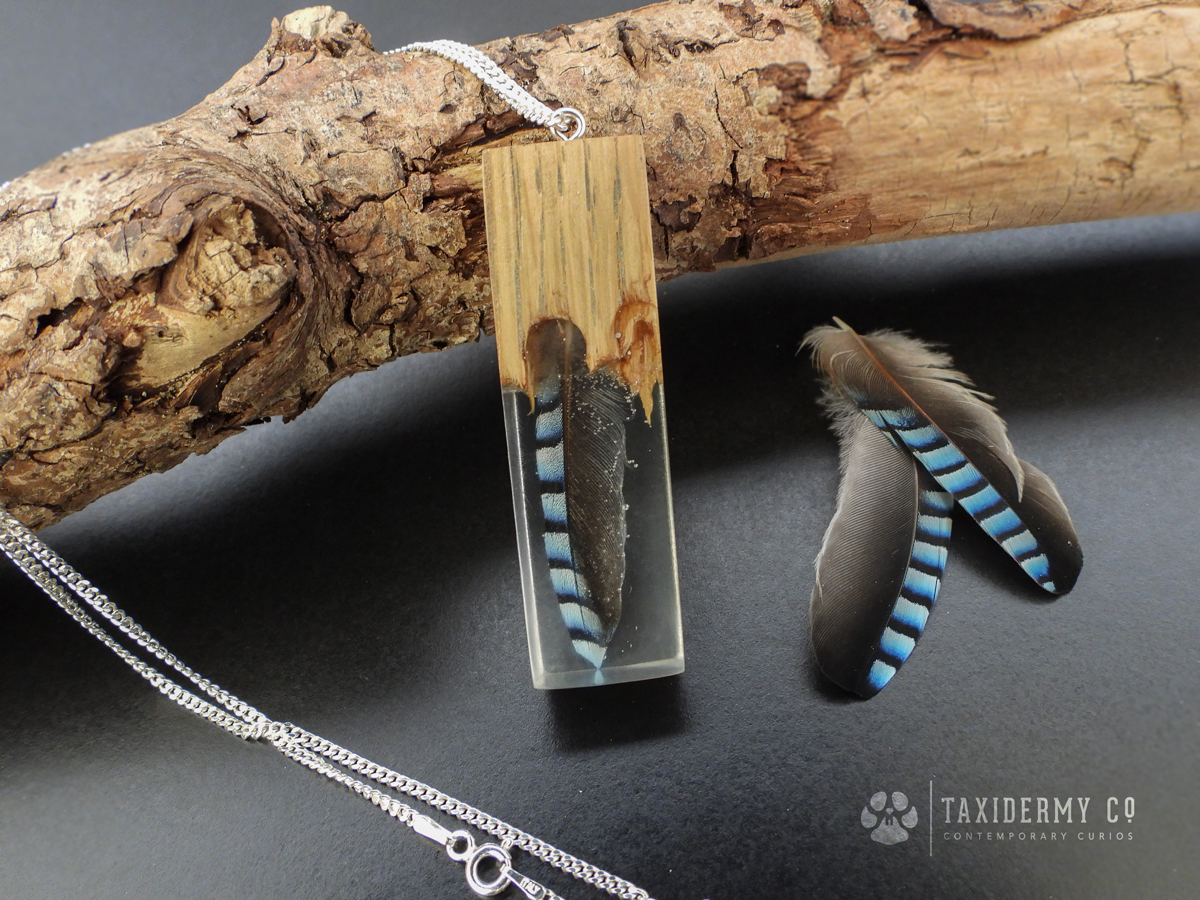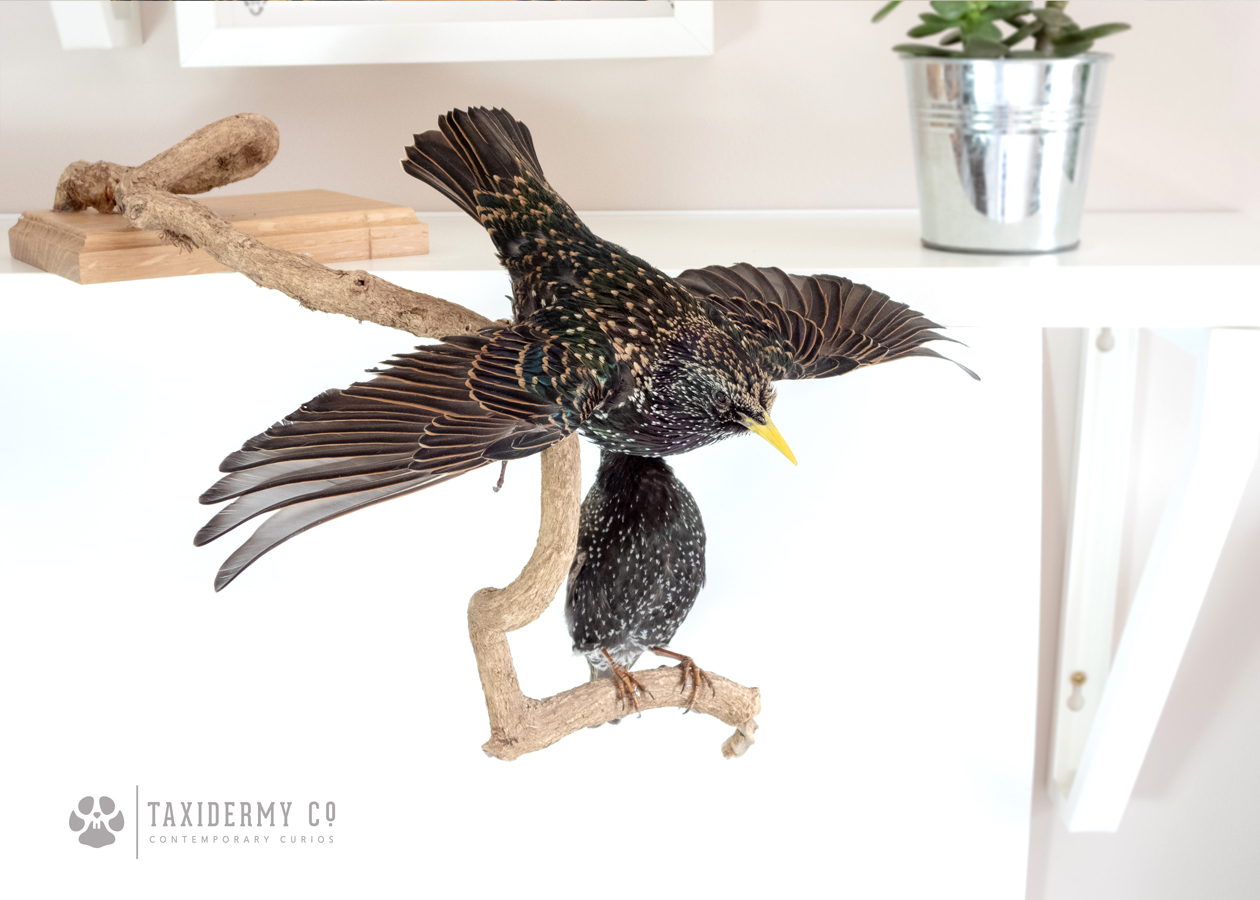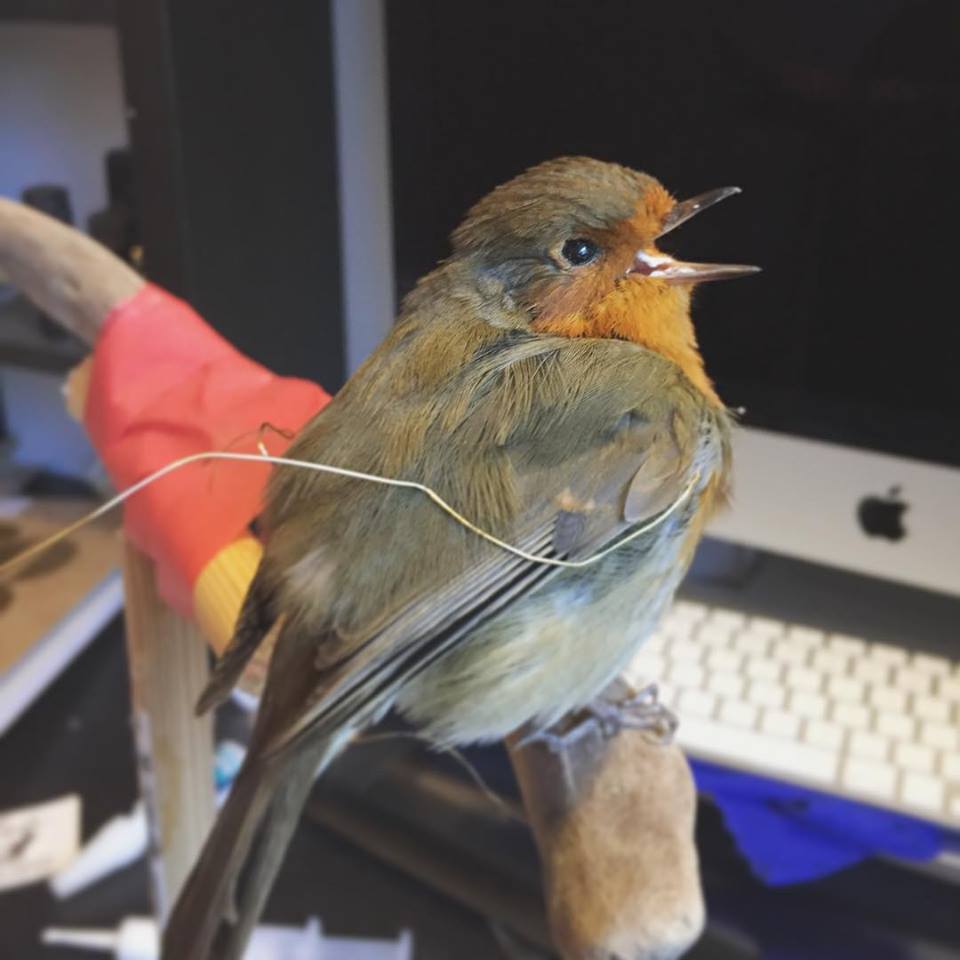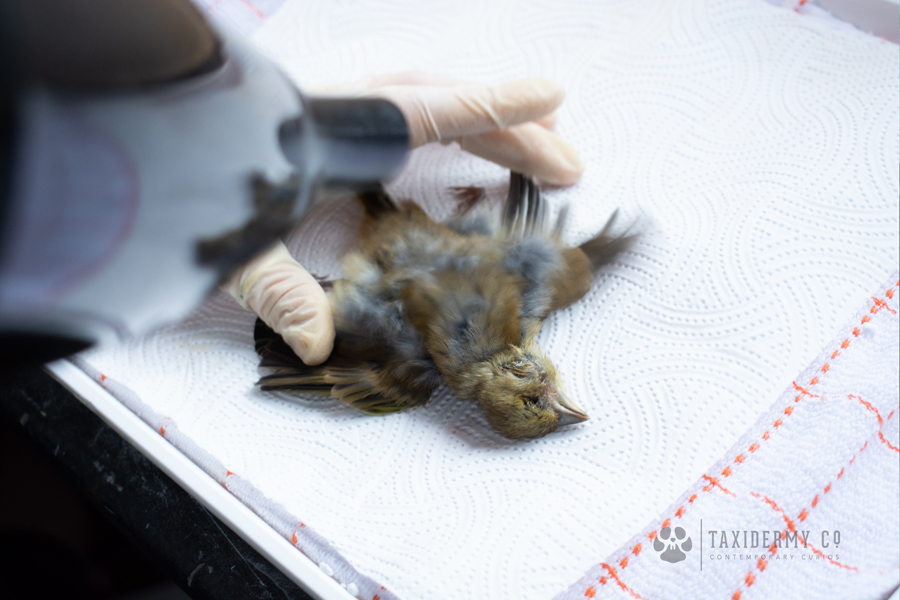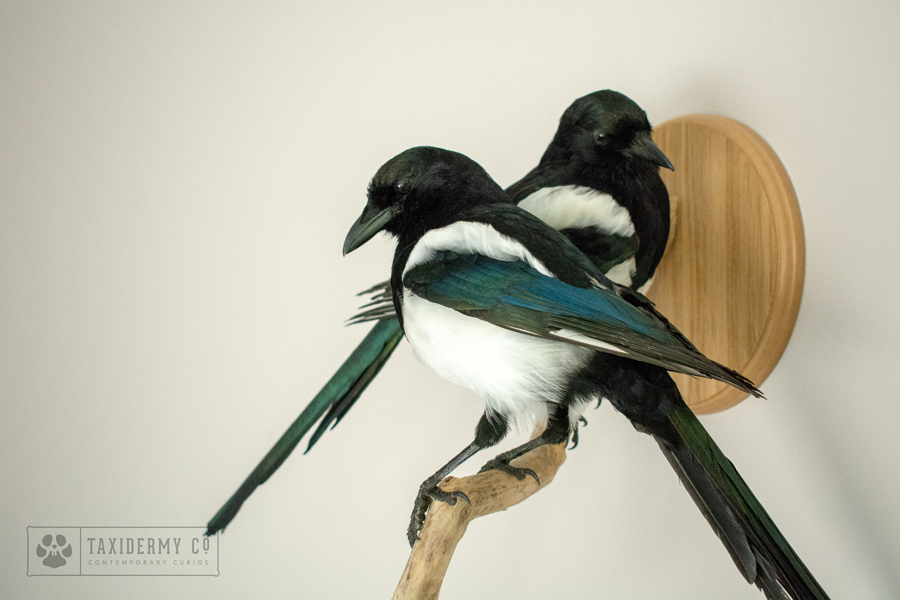Serama Chicken Taxidermy Commission
The smallest chicken in the world
I was recently given the challenge of recreating a beloved pet Serama chicken, ‘Artemis’ – the smallest breed of chicken in the world!
I knew this project would be a challenge, as it involved casting the head. I’ve cast many heads before, but this one was different as it was being used for the exterior and is the main focal point of the mount, so it had to be near perfect!
It is possible to taxidermy the whole specimen with the head comb and wattle in tact, but the disadvantage of this is shrinkage.
The skin shrinks as it’s drying, so if I had left it, it would look a lot less ‘plump’ and alive once complete, plus having a resin cast head will make it less appealing to any nasty pests that want to have a feast in the future.
Carefully skinning the
 head where feather meets bare skin was very nerve wracking – the head is the area you do NOT want to mess up on a taxidermy mount!
head where feather meets bare skin was very nerve wracking – the head is the area you do NOT want to mess up on a taxidermy mount!
Once I had done this and wiped the sweat from my brow, I injected the comb with water, pinned everything in position, inserted glass eyes and placed in the freezer overnight.
By the end of the next day, I have made a silicone mould of Artemis’s frozen head.
After the silicone had cured, I removed the head from the mould and poured in the fast cast resin. It took a few attempts to get the most suitable cast, as previous attempts had air bubbles and parts of the comb didn’t come out very well. Also, I only had limited attempts as I only had a limited amount of glass eyes that were set in to the resin cast, eek!
Painting the head was the next step – I did this with a whole palette of oil paints, using photos of Artemis as reference to get the colour right.

Thank you, Kimberly!
In all honesty, I would not have been able to carry out this project if I didn’t have guidance from the fabulous Kimberly Bunting of Flock Taxidermy.
She made a fantastic, thoroughly detailed tutorial on how to cast a chicken head which made me feel a lot more confident taking on this project, so I would like to say a massive THANK YOU to her for doing this!
The unique nature of the Serama Chicken’s posture made it more difficult than your average bird to pose, but overall I’m so happy with how this little champ turned out.
Now he can be reunited with his owner!
Taxidermy Crow (Corvus corone) – Latest specimen in the taxidermy workshop
Taxidermy Carrion Crow
Corvids are my most favourite species to work with, especially big old crows like this one!
Unfortunately this adult was part of a pair found deceased next to one another as a result to a fight of the death, where nobody won!
The injuries beneath the skin were really quite horrific, I must say.
This handsome taxidermy crow will be for sale once dry and complete.
Coming soon! Wood, Resin Feather Pendants
Wood, Resin & feather pendants
Recently, I’ve been experimenting with the art of wood and resin.
I always have odds and ends in my workshop from fallen feathers to little bones and such and I think I’ve found a way of making good use of them!
Here’s my first prototype of a wood and resin pendant with a Jay feather cast in to it.
It took a long while to perfect sanding through all of the grits and polishing to make the resin clear again, but I’m so happy with how this has turned out.
They will soon be for sale, so keep your eyes peeled!
Taxidermy starlings, latest work!
Taxidermy starlings
I’ve recently completed this gorgeous pair of common starlings.
Beautiful birds to work with! Although considered a bit drab and even common pests by many people, they actually have this stunning multi-colour iridescence to them.
No photo will be able to capture these stunning colours, but once you see for yourself when they shimmer in the sunlight, you’ll be amazed!
I also experimented with a new base technique, using weight to counterbalance I set up this shelf mount.
The unusual branch stems from the oak base and hangs downwards over the shelf, giving a dynamic appearance.
Find out more about the listing and purchase this unique piece of taxidermy below.
[sf_button colour=”accent” type=”standard” size=”standard” link=”https://169.a20.myftpupload.com/product/contemporary-taxidermy-starlings/” target=”_self” icon=”fas fa-shopping-basket” dropshadow=”no” rounded=”no” extraclass=””]BUY NOW[/sf_button]
Taxidermy Robin – Work In Progress
Taxidermy Robin – WIP
According to social media, this week is #TaxidermyWeek!
Heres my latest work in progress, a gorgeous Eurasian Robin (Erithacus rubecula).
For whatever reason, I find them very difficult little birds to work with, presenting me with quite a few issues due to their delicate nature.
Out of all of the robin’s I have worked on though, this is probably my best!
Really happy with how he has turned out.
I’ll do the finishing touches like painting and sculpting the mouth once he is completely dry.
Unfortunately this taxidermy mount is a commission and won’t be for sale.
However, if you have any queries or have a specific bird you are after, please get in touch.
– Krysten
Taxidermy – Behind the scenes
Taxidermy, what happens behind the scenes?
A brief overview
The latest commission I completed was that of a two dead mount birds. (Birds purposely modelled made to look ‘dead’) As well as beautiful objects to look at, these specimens were commissioned to be used as film props. The customer requested photos of me working on the birds, so I set up my camera in my workshop.
I thought some of the shots were pretty cool and give a brief snapshot as to what goes on behind the scenes in the art of taxidermy. My personal favourite bit is blow-drying them after the skins have been treated and washed. It always amazes me how a weedy, wet looking lump of skin and clumped feathers can somehow be dried and fluffed up to resemble the bird it once was, once again!
I had a big response on instagram with these images.
It’s not everyones cup of tea, but I thought you’d like to see them too.
(don’t look if you’re squeamish)
Taxidermy Yellowhammer Commission
Taxidermy Yellowhammer (Emberiza citrinella): I had the pleasure of working on this beautiful British bunting.
Unfortunately, the male Yellowhammer got lost in the post for a day, resulting in him fully defrosting and starting to turn.
This is usually game over for small birds, as they start to decompose fairly quick – I didn’t hold out much hope.
Despite soaking in alcohol for a while to toughen the skin and kill bacteria that makes the skin bad and feathers fall out, lots did.

I persevered anyway and did the best I could.
His back was completely bald and he had some secondary feathers missing on one side, which was a great shame.
Painstakingly, I glued as many feathers back as I could, and despite his condition, I’m very happy with how he turned out.
They have a very distinctive call that most birders recognise as sounding like “A little bit of bread with no cheeeeeeeeese”
Bespoke Taxidermy Rabbit Project
Custom Taxidermy Rabbit Commission on Hand Painted Shield
This project was a first for me, I really enjoyed it.
This one is a special project for someone that wanted a unique gift to give to his regiment after leaving the British armed forces.
Originally, the client wanted a shirt with the regiment emblem pinned to the shield.
I suggested painting the emblem on to the shield to give a cleaner and neater looking finish, as this was something I was able to do.
Logistically, the rabbit would mostly obscure the emblem if it was placed centrally on to the shield, so I suggested a slightly different, more contemporary approach.
I came up with a rough concept sketch to help my client visualise the final piece a little better.
The emblem has been deconstructed slightly to cover the whole shield, so the important elements are still visible such as the crown and the lion.
The shield was primed and painted by hand with oils.
The rabbit was the result of an unfortunate roadkill, but was in overall great condition and will now be honoured for a very long time to come.
Thank you for looking! If you have a bespoke taxidermy commission idea, please feel free to get in touch.
Happy New Year! First taxidermy project of 2019 – White Pheasant
Taxidermy Male White Pheasant
This is my first completed taxidermy project of 2019 – a stunning white (or leucsistic), male pheasant.
This specimen definitely put me through my paces, due to the fact he was in moult. Feathers were flying out left right and centre and he had sustained some damage to his wing and leg bones, which I have to retain in the taxidermy process.
He also had a bare patch on his neck that was quite noticeable. I used some of the feathers he dropped to carefully repair this patch.
All ready to go to his new home now.
Happy 2019 everyone!
Guaranteed for Christmas Cut Off Dates!
Order now to avoid disappointment!
The last day for guaranteed delivery to the UK in time for Christmas is:
18th December
So please get your orders in as soon as possible to avoid disappointment!
I hope you all have a wonderful Christmas!
– Krysten
‘Two For Joy’ Taxidermy Magpies
Two For Joy
Here’s my latest commissioned project, a pair of lovely magpies!
A lot of people are superstitious about magpies, seeing one being somewhat bad luck, originating from the rhyme ‘One For Sorrow’
For this reason, I prefer to create magpie pieces in pairs.
They’ve now flown off to their new home.
No photography ever captures magpies beautiful iridescent colours on their feathers.



